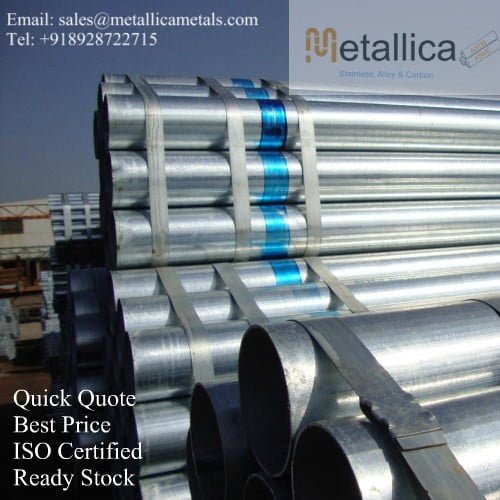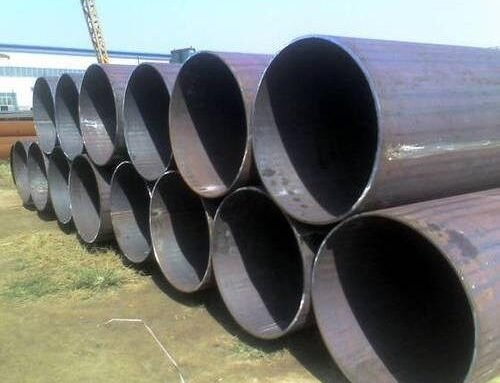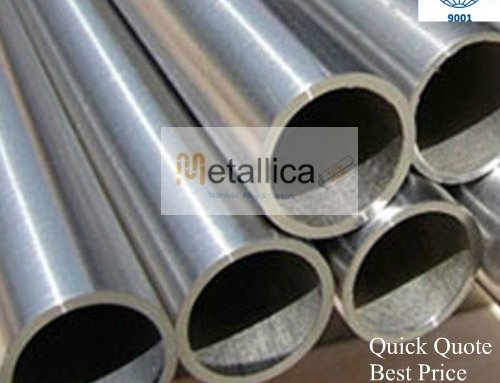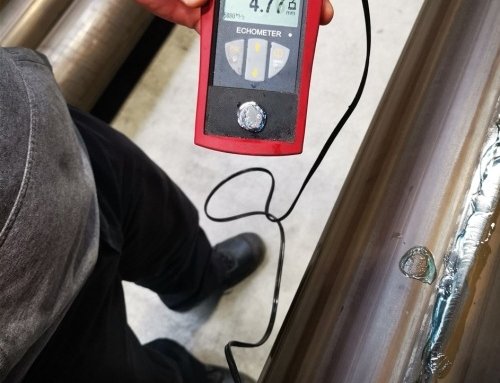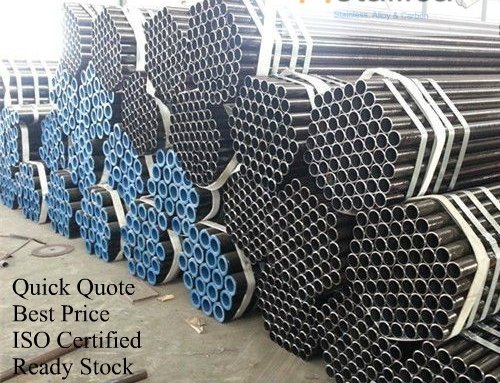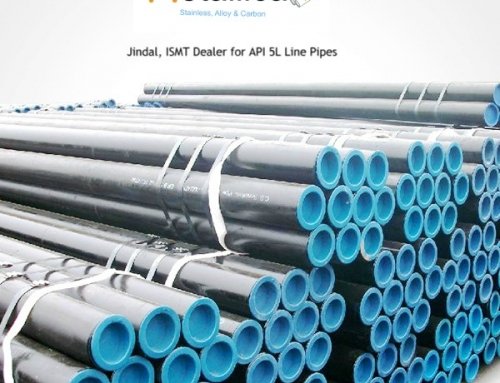Introduction
In metallurgy, a non-ferrous metal is a metal, including alloys, that does not contain iron (ferrite) in appreciable amounts. Generally more costly than ferrous metals, non-ferrous metals are used because of desirable properties such as low weight (e.g. aluminium), higher conductivity (e.g. copper), non-magnetic property or resistance to corrosion (e.g. zinc). Important non-ferrous metals include aluminium, copper, lead, nickel, tin, titanium and zinc, and alloys such as brass. The non-ferrous materials are also known as exotic material.
Applications
It is used in residential, commercial, industrial industry. Material selection for a mechanical or structural application requires some important considerations, including how easily the material can be shaped into a finished part and how its properties can be either intentionally or inadvertently altered in the process. Depending on the end use, metals can be simply cast into the finished part, or cast into an intermediate form, such as an ingot, then worked, or wrought, by rolling, forging, extruding, or other deformation process. Although the same operations are used with ferrous as well as nonferrous metals and alloys, the reaction of nonferrous metals to these forming processes is often more severe. Consequently, properties may differ considerably between the cast and wrought forms of the same metal or alloy.
Difference Between Ferrous and Non-Ferrous Metals
Ferrous Metals
- Those metals which mostly contains iron.They have also a small amounts of other elements or metals also.
- Generally ferrous metals are magnetic.
- Ferrous metals are often used in construction, pipelines, and even the creation of tools.
- Ferrous metals give little resistance to corrosion.
- Examples of ferrous metals include:
- Mild steel – Used for general engineering and building purposes
- Carbon steel – Used for the creation of tools
- Stainless steel – A ferrous metal that resists rust due to the presence of chromium
- Cast iron – Used for vehicle engines, utility hole covers and cooking applications
- Wrought iron – Typically used in gates and fences.
Non-ferrous Metals :-
- Metals which do not contain iron are called Non-ferrous metals.
- These metals are not magnetic.
- These metals give higher resistance to corrosion.
- Copper and aluminum are used for their ability to conduct heat and electricity.
- Examples of non-ferrous metals include:
- Lead – Used in pipes, fuels, paints and batteries
- Copper– Used for wiring, appliances, and vehicles
- Silver – Used for jewelry, cutlery, electrical contacts, and the creation of mirrors
- Aluminium – Used in vehicles, appliances, power lines and food packaging
- Brass – Used in screws, light fixtures, door knobs, as well as bath and sink fixtures
- Gold – Has medical uses and is used in computers, electronics, and jewelry.
Non-Ferrous Metals
Copper and Copper Alloys
- Good thermal conductivity and good corrosion resistance
- Brasses, Bronzes (Cu-Sn) and Cupronickels (Cu-Ni) are some of the examples of the copper alloy
- Cupronickels have the highest corrosion resistance among Cu alloys
- Cupronickels are used for heat exchanger tubing and sea water application
- It can be used as cladding material with carbon steel in heat exchanger tube sheets.
Nickel and Nickel Alloys
- Good resistance to oxidation and corrosion
- Monel 400 and Hastelloy are a well-known example of nickel alloys
- These alloys are used in piping systems, pressure vessel, turbine blades, valves, and power plant accessories that handle steam at very high pressure and temperature
- Nickel alloys are frequently used as a cladding material with carbon steel
Aluminum and Aluminum Alloys
- Good thermal conductivity
- It is most workable metal
- Highly resistant to atmospheric conditions
- But When coupled with more noble materials it is subject to galvanic attack
- And Loses strength rapidly above 175°C
- Aluminum and Aluminum Alloys rarely used in process piping
- However, it is used as an external cladding material to protect the insulation from water ingress.
Titanium and Titanium Alloys
- High strength to weight ratio
- Similar to SS, Titanium Oxide is formed on the surface which prevents corrosion
- Titanium and Titanium Alloys has a resistant to nitric acid, which is very corrosive in nature. Hence, it is used in this kind of process environments.
- However to Weld Titanium and Titanium Alloys, the inert atmosphere is required.
- It starts losing its strength above 400°C
- Titanium is also used as a clad material with carbon steel to reduce the cost of equipment.
Zirconium and Zirconium Alloys
- Zirconium and Zirconium Alloys are used, where strong acids and alkalis are present, where other material cannot be used due to the very aggressive environment.

